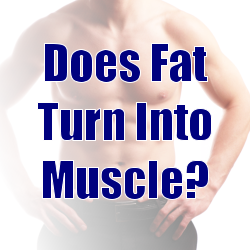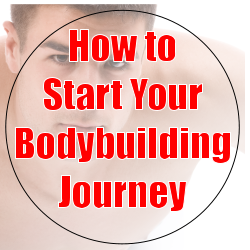 Migraines are one of those conditions that most people wouldn’t wish on their worst enemy… or maybe they would. These are headaches that are so bad that people suffering from them feel debilitated and often cannot do anything else except sit down and wait for the pain to go away.
Migraines are one of those conditions that most people wouldn’t wish on their worst enemy… or maybe they would. These are headaches that are so bad that people suffering from them feel debilitated and often cannot do anything else except sit down and wait for the pain to go away.
Millions are afflicted with migraines and women are 3 times more likely to get migraines. Just when you thought it couldn’t get worse, it does.
Migraines are also accompanied by sensitivity to light and sound, partial vision loss, nausea, vomiting, etc. The symptoms vary from individual to individual but one thing stays constant. Migraines are not a walk in the park.
There are many questions that people often have about migraines. This article will attempt to answer 3 of the most common migraine questions.
1. Why do some people get migraines?
Doctors and scientist are still trying to figure this one out. So far they have only been able to deduce that it could be genetic because most people who get diagnosed with migraines often have a family history of migraines, especially immediate family members. Others feel that migraines happen because of the lack of proper nutrition in the body.
2. What are the common triggers of migraines?
Different people have different triggers. This is one of the reasons it is so difficult to understand migraine. The symptoms vary between individuals and what works for one person will be of no use to another. For some people, a diet high in processed foods, refined sugars, caffeine, additives (monosodium glutamate) and alcohol can trigger migraines.
For others, glaring lights, loud sounds, stress, lack of sleep, hunger, menstruation, weather changes and even strong smells may trigger migraine headaches.
3. What are the symptoms of migraines?
Once again, the symptoms may vary from person to person. Some may not feel any pain or just mild pain that can be dealt with just by swallowing some aspirin. For others, the pain can be so unbearable that they will need prescription medicine such as beta blockers from the doctor.
Migraines are categorized into two types. They are migraines with aura (known as classic migraine) and migraines without aura (common migraine).
Migraines with aura usually mean that the migraineur may experience flashes of light in his vision. These are flickering lines that move through the field of vision in a zigzag manner. Sometimes the sufferer may experience a tingling feeling on their lips face and fingers.
Migraines without aura are much more common and usually the symptoms are irritability, mood swings, diarrhea, frequent urination, nausea, vomiting, fatigue and a general feeling of unease.
Getting the right answer for your migraine questions:
The best person to consult when you have migraines will be your doctor. Since this is a condition that varies from individual to individual, your doctor will be able to diagnose what type of migraine you’re suffering from and prescribe the appropriate medication and treatment.
You may also do your research online and try to change your lifestyle and make it healthier by eating the correct food and getting enough sleep and exercise. Every bit is important and by taking all these extra measures you will prevent migraines from occurring frequently and even if they do occur, the pain will be less intense.


